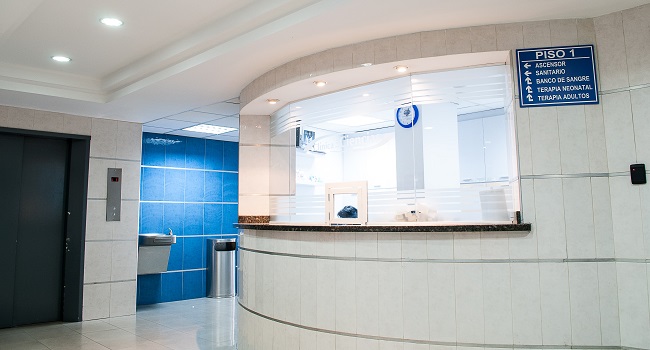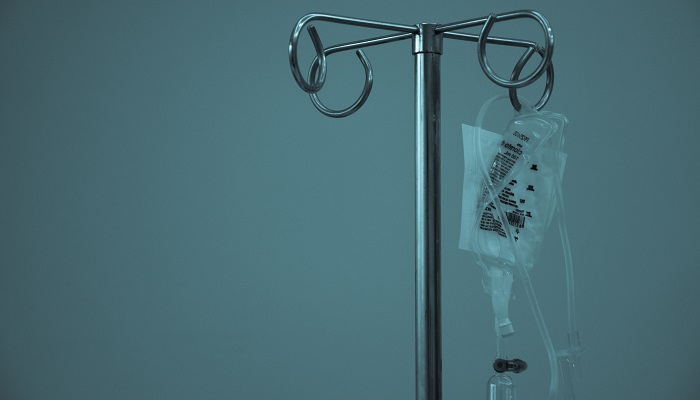In the dynamic and fast-paced environment of hospitals, patient safety is of paramount importance. Healthcare professionals work tirelessly to provide the best care possible to their patients. However, despite their efforts, accidents can still occur, leading to injuries and sometimes even fatal consequences. Two common types of accidents that patients may experience during their hospital stay are falls and infections. In this article, we delve into the root causes of these accidents, explore patients’ legal rights when such incidents happen, and discuss effective strategies to prevent these unfortunate occurrences, thus ensuring patient safety and well-being.
Understanding Falls in Hospitals
Falls are one of the most prevalent accidents that occur within hospital settings, affecting millions of patients worldwide. Elderly patients and those with mobility issues are particularly vulnerable to falls, which can lead to serious injuries, such as fractures, head trauma, and soft tissue damage. There are various factors that contribute to falls in hospitals, including the patient’s age and physical condition, medication side effects, environmental hazards, and staffing levels. Understanding these risk factors is crucial in developing comprehensive fall prevention strategies.
To address falls effectively, hospitals must implement a multi-pronged approach. This approach involves the thorough assessment of each patient’s fall risk upon admission, regular reassessment during their stay, and the creation of individualized care plans. Ensuring that call bells, mobility aids, and handrails are readily available can also aid in reducing fall-related incidents. Additionally, educating both patients and healthcare staff on fall prevention measures can foster a culture of safety within the hospital environment.
Unraveling the Mystery of Hospital-Acquired Infections
Hospital-acquired infections (HAIs) are another significant concern when it comes to patient safety. Despite strict infection control measures, HAIs can still occur due to the presence of virulent pathogens, compromised patient immune systems, and the potential for cross-contamination. Common HAIs include catheter-associated urinary tract infections, surgical site infections, and ventilator-associated pneumonia.
Preventing HAIs requires a comprehensive infection control program that encompasses proper hand hygiene practices, effective sterilization and disinfection protocols, and appropriate use of personal protective equipment. Hospital staff must be vigilant in adhering to these protocols to minimize the risk of infection transmission.
Furthermore, technology can play a vital role in the prevention of HAIs. Advanced air filtration systems, antimicrobial surfaces, and automated disinfection methods can significantly reduce the presence of pathogens in the hospital environment. Additionally, implementing surveillance systems to monitor infection rates and promptly identify outbreaks can enable a swift response to control the spread of infections.
Legal Rights of Patients in Hospital Accidents
When a patient experiences an accident during their hospital stay, it is essential to understand their legal rights. When a patient experiences an accident during their hospital stay, it is essential to understand their legal rights. When a person sustained severe cuts and abrasions after a fall, their legal rights may be affected by the circumstances surrounding the accident. Falls in hospitals can happen due to various factors, including environmental hazards, patient conditions, medication side effects, or inadequate supervision. If a patient sustains severe cuts and abrasions after a fall, they may have the right to seek compensation for their injuries and related damages.
Medical malpractice laws vary by jurisdiction, but in general, patients may have the right to file a medical malpractice claim if they can prove that the hospital or healthcare provider breached their duty of care, and that this breach directly caused the patient’s injuries. To pursue a successful claim, patients will typically need to provide evidence of the standard of care that should have been provided, demonstrate how the hospital or staff deviated from that standard, and show that this deviation resulted in harm.
It is crucial for patients or their loved ones to consult with a knowledgeable medical malpractice attorney to assess the merits of their case and understand the legal options available. Legal recourse can not only provide compensation for medical expenses, rehabilitation costs, and lost wages but also hold hospitals accountable for their actions, leading to improved patient safety and the prevention of similar accidents in the future.
Preventive Measures and Safety Initiatives
While understanding legal rights is important, it is equally vital to focus on preventive measures and safety initiatives to avoid hospital accidents altogether. Hospitals can adopt various strategies to enhance patient safety and minimize accidents.
Investing in staff training and continuing education can enhance healthcare professionals’ skills and knowledge, reducing the likelihood of errors and accidents. Regular safety audits and risk assessments can help identify potential hazards and allow for timely intervention. Engaging patients in their care through education and communication can empower them to take an active role in fall prevention and infection control.
Patient-centered care models, which prioritize individualized attention and communication, have been proven to enhance patient safety outcomes. Collaborative efforts among healthcare teams, including nurses, doctors, pharmacists, and support staff, are also crucial in ensuring a holistic approach to patient safety.
The Role of Technology in Enhancing Patient Safety
The integration of technology in healthcare has opened up new avenues for enhancing patient safety. Electronic health records (EHRs) allow for seamless communication and information exchange between healthcare providers, minimizing the risk of errors and oversights. Smart infusion pumps can accurately administer medication dosages and prevent adverse drug events.
Artificial intelligence (AI) and machine learning algorithms can analyze vast amounts of patient data to identify trends and patterns associated with falls and infections, helping healthcare providers proactively address potential risks. Telemedicine and remote patient monitoring can also reduce the need for in-person visits, thereby decreasing exposure to hospital-acquired infections.

Patient safety should be at the forefront of every hospital’s mission, and it requires a comprehensive and multifaceted approach. Understanding the causes and implications of accidents, such as falls and infections, is crucial in developing effective prevention strategies. While accidents can never be entirely eradicated, hospitals can continuously improve their practices through ongoing education, technology integration, and fostering a culture of safety.
Furthermore, it is essential for patients to be aware of their legal rights in case of an accident caused by medical negligence. Seeking legal advice when necessary not only helps injured patients receive the compensation they deserve but also encourages hospitals to implement measures that prevent future accidents and improve overall patient safety.
In conclusion, by prioritizing patient safety, implementing preventive measures, and embracing technological advancements, hospitals can create a safer environment for patients and healthcare professionals alike. Striving for continuous improvement and accountability will ultimately lead to a healthcare system that minimizes accidents, maximizes positive outcomes, and ensures the well-being of all patients.


















